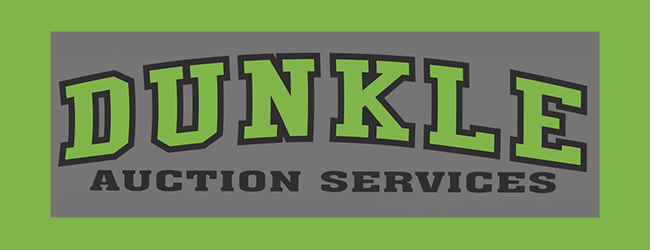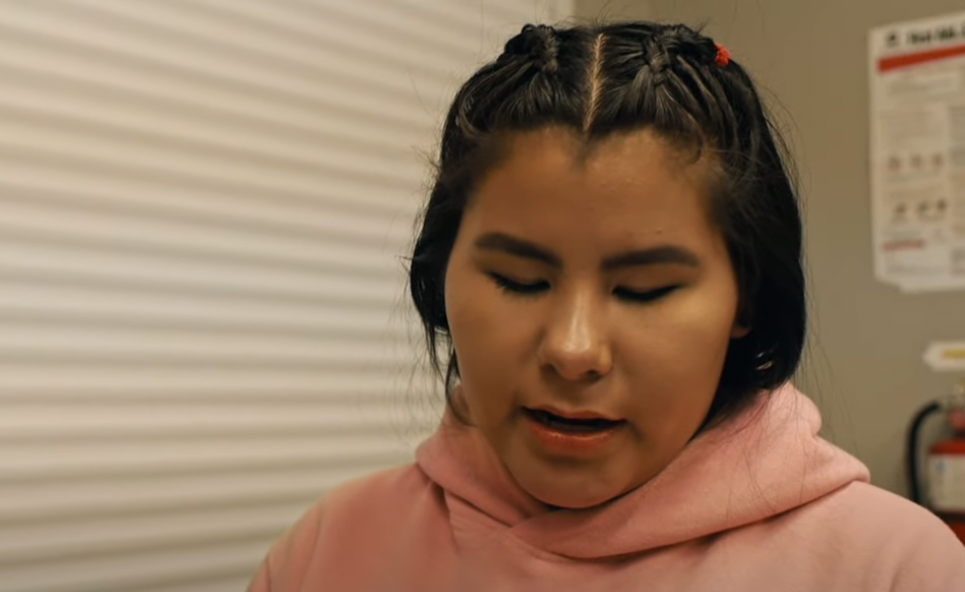Strome producer turns dissatisfaction with feed into business

Over the past two decades, one Strome farmer has made a jump from being a hog and cattle producer to developing feed supplements for livestock.
Glen Yarham grew up as a second-generation farmer. Until 1994, the family had 150 swine plus their cattle herds. They got out of the hogs in 1994.
Glen, with more free time on his hands, moved into sales. He had seen a new extruded plastic product at the Edmonton Farm Show that he knew local farmers could use for silage covers.
It was his first foray into sales, and started him down a unique road.
Yarham now is the registered owner of multiple formulas of livestock mineral feed supplements, along with a line of probiotics.
When the company who produced the plastic silage covers started producing silage inoculant, Yarham tried it. The inoculant was designed to slow the rate of rot in silage.
“The first year, we used the inoculant ourselves. We ran some different trials on the farm, on hay and green feed. After that, I started selling it, too.”
Yarham says inoculant was relatively new in Canada at the time, and wasn’t as widely used as it is now.
Always looking for a way to get the best results with his own herd, in 1998 Yarham started research into probiotics and livestock mineral supplements.
“The inoculant company I was dealing with was already into probiotics.”
For Yarham, wanting better results for his herd, and getting a peek into what was being done elsewhere, through research drew him to learn more. “I was not content to purchase feed that was not giving me the results I wanted. I started making my own mineral supplements, but back then I didn’t understand how.
“I’m not a big company, I’m just a guy who was dissatisfied with my own results.”
In his pursuit of knowledge in the field, Yarham started training under a doctor who had really pioneered probiotic, mineral supplements, and inoculant research: Dr. Bob Ricer in the US.
For Yarham it meant spending the next four years travelling two weeks of every month to Norfolk, Nebraska to study with Ricer.
“I was interested in how to make animals healthier, and in how to feed them more efficiently, while also producing a healthier calf crop,” Yarham says.
He says under traditional diets it was normal to see gains in the neighbourhood of 3.5 lbs/day. “Today we’re trying for 5.5 lbs/day; with no feed waste, higher protein utilization, and higher energy from our feed.
“That comes through a specific formula of feed supplement.”
While he was studying in the US Yarham says, “I saw the gains in the US, and I wanted to be part of what I was seeing.”
He started selling a probiotic formulation in 2004, when he was mentioned in a Western Producer article about probiotics gaining ground in Canada.
He started also playing in the mineral supplement business. In 2006, the Formula Feed brand was created.
Yarham says, “It was mainly us and our friends who used it. I was dissatisfied with what was available here, compared with what I had seen in the US. I started working with mineral formulations.”
But it wasn’t until he studied with Ricer, who spent his entire career in the field and who also took Yarham to see cattle “that sure didn’t look like mine,” that he started to see real results.
Yarham says, “Initially I had a 14-mineral program that we used on our cattle. I’ve refined it, and now have registered that formula with the Canadian Food Inspection Agency (CFIA).”
He says that once a formula is registered, it can’t be duplicated by another company.
By 2006 he had a mineral formula for sale. He says, “My first clients were those who had been my inoculant clients.”
Meanwhile, he was and still is constantly conducting his own trials, and taking part in others, on probiotics and mineral supplements.
“We discovered that certain mineral formulas resulted in the livestock absorbing feed more efficiently. So we started using mineral components to enhance our existing feeding program.
“We were feeding less with a higher gain.”
He said one of the most startling results of the mineral program was the low open rate he was seeing in his breeding, “In our own trials, we were seeing cows in calf as high as 93 per cent within 21 days. Most clients are happy with a 40-45 per cent rate in the first cycle. That’s huge money in the beef industry.”
Over the years, he says, especially those when feed was scarce, “We’ve definitely had our ups and downs, but ultimately we were doing what we could to help people keep their herds with the feed they had.
We wanted to minimize overall costs but maximize the efficiency of purchased feed.
Yarham says change is not always easy going. “We’re fighting against feeding programs that ‘have always worked for us this old way.’”
He says he doesn’t push against that resistance. Up until now, most of his sales have been in southern Alberta, but he’s starting to make it more available around home, hiring a sales person so he can keep working with the research.
“So far, I’ve been counting on word of mouth. For most, it takes seeing the results for themselves to be ready to take a chance.
“I’m presently fighting against the whole rock-the-boat mentality when it comes to changing a feeding program.” He says smaller producers were his first clients. “They are often on the cutting edge before the bigger guys, but now the larger guys are taking notice of the results.
“What we are hearing from our clients is that others are noticing that difference, and saying ‘We want that; what are you doing?’”
Since developing the livestock mineral formulations, Yarham added sheep formulations. “Canadian Wool Growers were using the product. It made their animals healthy, but also gave them thick healthy coats for wool.”
He also had an early equine product, “But I had no local customers, so I dropped it, but when I learned that some were feeding their horses with the cattle mineral, I tweaked it and brought it back in.” There’s already a swine formulation, and he’s in the middle of a hen research trial.
Yarham says this spring will be the real test for him, as animals who have been on the mineral program over the winter will be compared to those who haven’t.
“So far we are very happy with what we are seeing, and apparently so are others.” He adds, “We have customers seeing a difference in days, not months.”
Getting CFIA certified took a number of safety trials, especially the probiotic, which warranted $100,000 worth of testing. “I had to get CFIA’s approval to even do the testing on live animals.”
He’s definitely also had ups and downs. “Our first trial bombed. We didn’t understand why it didn’t work until we discovered that what we had mixed our probiotic into killed it before the animals even ingested it.”
He’s done trials with as many as 25,000 swine. He says this provides him with an opportunity to test many things. “We do many trials at once. At one point we even tried to study the difference in methane production for animals on our formula.”
Dr. Ricer passed away in 2015. “He had slowed down, and was working on a book that encompassed his life’s work; to share that passion and research with others.
“I got that first-hand teaching from him and am now trying, imperfectly, to pass it on to the people who work with me.”
He says, “I’m lucky to have had the opportunity to learn this, and the ability to work with Dr. Ricer.
“Most guys might not be happy with their feed results, but they don’t have the time or opportunity to go to school for four years, or run 25,000-animal trials on new formulations.
“Right now I have clients doing research through me. I’m in the middle of one grass-fed trial, with minerals designed to keep gains high and animals healthy with no drugs being introduced.”
Yarham says the minerals are as pure as he can find them, and because they are essentially a vitamin program, can actually decrease the need for drugs, “because we have a healthier animal.”
He currently has a large client who has fed Yarham’s mineral lines from calving, and is just now weeks away from butchering and eager to see the difference on the rail. “We are aiming for a unique carcass, by colour, by appearance, fat, and bone density.”
Yarham he has always used the same supplier for his minerals, who recently said to him, “You’ve gone from someone playing around to being a big player.”
Now he says inoculant is the only product he sells that he doesn’t own, “but we own the research that we’ve done on using that product. We’re finding out things they don’t even know.”
Yarham bought out his partners in 2018, but says the company mission has never changed, “We’re here to try and make our customers more money. If they don’t, I’m also there to try and figure out what’s going wrong.”
This year he’s planning on expanding, with additional sales people hired (it’s only been him up until now), leaving him free to continue trials and research.
Leslie Cholowsky,
Editor
This story and more were originally published in our 2023 Agriculture Section. Check it out here:









